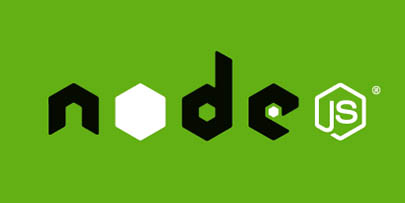
In this tutorial, we will show you how to install Node.js on your CentOS 7. For those of you who didn’t know, Node.js is a Javascript platform for programming that enables users to build network applications very quickly. If you are using Javascript on both the front-end and the back-end, it means your development can be much more consistent and be designed within the same system.
This article assumes you have at least basic knowledge of Linux, know how to use the shell, and most importantly, you host your site on your own VPS. The installation is quite simple and assumes you are running in the root account, if not you may need to add ‘sudo‘ to the commands to get root privileges. I will show you the step-by-step installation of Node.js on a CentOS 7.
Prerequisites
- A server running one of the following operating systems: CentOS 7.
- It’s recommended that you use a fresh OS install to prevent any potential issues.
- An active internet connection. You’ll need an internet connection to download the necessary packages and dependencies for Node.js.
- SSH access to the server (or just open Terminal if you’re on a desktop).
- A
non-root sudo useror access to theroot user. We recommend acting as anon-root sudo user, however, as you can harm your system if you’re not careful when acting as the root.
Install Node.js on CentOS 7
Step 1. First of all, make sure that all packages are up to date.
yum - update
Step 2. Install Node from the EPEL Repository.
yum install epel-release yum update
Install the node.js package, the command is:
yum install nodejs
Verify the current version of Node.js installed:
node --version
Step 3. Install Node.js from the source.
Make sure you always get the latest version of NodeJS. At the time of writing this article, the latest NodeJS version is v0.12.7:
wget http://nodejs.org/dist/v0.10.30/node-v0.12.7.tar.gz tar zxf node-v0.12.7.tar.gz cd node-v0.12.7
Next, let’s configure NodeJS sources by setting the –prefix flag to /usr/local so that NodeJS will be installed in this location and will be usable to all users on the VPS:
./configure --prefix=/usr/local
Once the configuration of the sources is finished, compile and install NodeJS using the following commands:
make make install
Verify your version of Node.js installed:
node -v
Step 4. Install Node.js Using the NVM (Node Version Manager).
Another way of installing Node.js that is particularly flexible is through NVM, the Node version manager. This piece of software allows you to install and maintain many different independent versions of Node.js, and their associated Node packages, at the same time:
curl https://raw.githubusercontent.com/creationix/nvm/v0.13.1/install.sh | bash
This will install the nvm script to your user account. To use it, you must first source your .bash_profile:
source ~/.bash_profile
Now as we have nvm installed, we can install isolated Node.js versions. To find out the versions of Node.js that are available for installation, we need to type:
nvm list-remote
[root@idroot.us ~]# nvm list-remote . . . v0.11.6 v0.11.7 v0.11.8 v0.11.9 v0.11.10 v0.11.11 v0.11.12 v0.11.13
Install the version you want with the command:
nvm install [your version]
Example:
nvm install 0.11.8
Configure nvm to use the version of Node.js that you just downloaded, the command is:
nvm use 0.11.8
To verify the current version of Node.js installed, the command is:
node --version
Congratulations! You have successfully installed Node.js. Thanks for using this tutorial for installing Node.js in CentOS 7 system. For additional help or useful information, we recommend you check the official Node.js website.